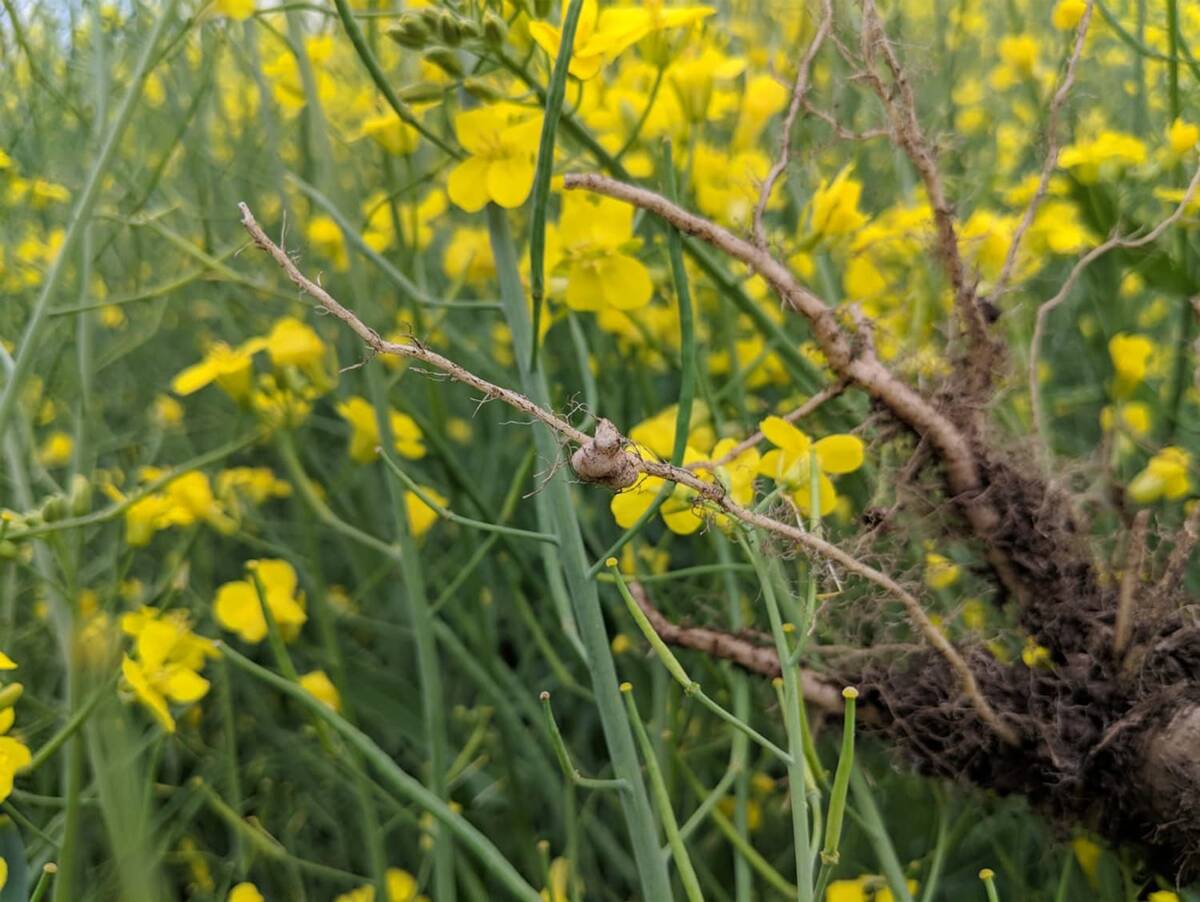WHITEWOOD, Sask. — Farmers who are frustrated by five or more years of flooding say they need better policies and infrastructure.
Delegates at recent Agricultural Producers Association of Saskatchewan district meetings said improvements to crop insurance coverage would help.
A policy paper that APAS developed notes that unseeded acreage is covered at $70 per acre if it is too wet to seed. However, the same land becomes ineligible for any coverage if it is flooded a second year.
APAS proposes that rather than immediately cutting off coverage, the corporation implement a transitional program that would see the land phased out under a declining level of coverage.
Read Also

Going beyond “Resistant” on crop seed labels
Variety resistance is getting more specific on crop disease pathogens, but that information must be conveyed in a way that actually helps producers make rotation decisions.
Coverage in the second year would drop to $60 less a five percent deductible, followed by $50 and the deductible in the third year and so on until the land is considered permanently flooded.
Janelle Oshowy, a research analyst at Saskatchewan Crop Insurance Corp., told a recent APAS meeting in Whitewood that the corporation paid out $78 million on 1.4 million acres and almost 6,800 claims this year.
The numbers are similar to last year.
Delegates at the meeting said the corporation should also pay on land that farmers couldn’t access. One farmer said coverage was previously available if land in the middle of a quarter could have been seeded but was inaccessible. However, that no longer happens.
“I suggest you go back and change it,” he told SCIC officials.
Another wondered if farmers would soon have to build approaches every 20 acres to be able to seed more crop.
APAS general manager Al Syhlonyk said gaps in the system are putting stress on farmers.
For example, taxes are still due and payable on farmland that is unproductive because of flooding.
“There may be a need for the province to offset that,” at least for this year and next year until reassessment takes place, he added.
Syhlonyk said expanding the Alternative Land Use Service program to compensate farmers for managing water could help.
A land purchase program for land that will be permanently flooded could also be implemented. Syhlonyk said organizations such as Ducks Unlimited might be interested in that type of land.
For longer-term policy, the APAS paper suggested regional flood forecasting models, the formation of a water basin planning commission that would include the Assiniboine, Souris and Qu’Appelle systems and a comprehensive infrastructure plan to store stream water and mitigate flood risk.
Syhlonyk also said flooding should stop being seen as an agricultural problem. Many things contribute to it, such as rain events, highway projects and new urban developments, he added.
















